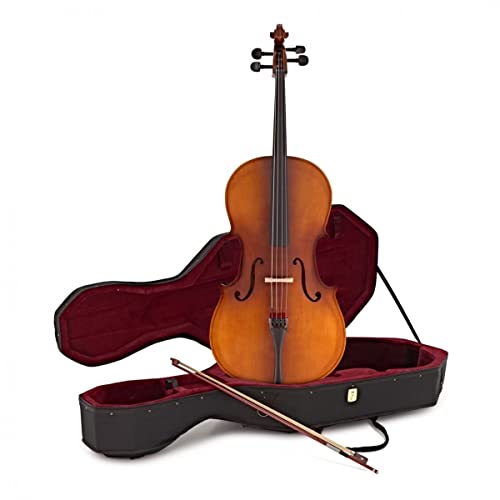The Rich and Diverse Role of Cello in an Orchestra
The cello, also known as violoncello, is a string instrument that plays a crucial role in an orchestra. It is larger than a violin and produces a lower, deeper sound. The cello is versatile and plays a diverse range of musical roles, creating a rich and unique musical experience for the listener. In this article, we will explore the many roles of cello in an orchestra.
The Foundation of the Orchestra
The cello plays a fundamental role in creating the foundation of the orchestra. Its lower range complements the higher-pitched violins, creating a harmonious blend of sound. The cello is responsible for providing the bass line, and it is the backbone of the orchestra’s harmony.
The Expressive Solos
Cello also plays a vital role in expressing emotions and creating soulful solos. The cello has a unique ability to produce a warm and poignant sound, making it one of the best solo instruments in an orchestra. Many famous compositions feature cello solos, such as Elgar’s Cello Concerto and Saint-Saëns’ The Swan.
The Counterpoint and Harmony
The cello plays a vital role in creating intricate counterpoint and harmony in an orchestra. Counterpoint is the technique of creating two or more independent melodies that harmonize when played together. The cello plays a critical role in creating the counterpoint that makes the orchestral music rich and complex.
The Rhythmic Drive
The cello also contributes to the rhythmic drive of the orchestra. In certain musical pieces, the cello plays an essential role in driving the rhythm forward by providing the bass line. The cello’s rhythmic drive creates a sense of momentum and excitement, making the orchestral performance thrilling and energetic.






